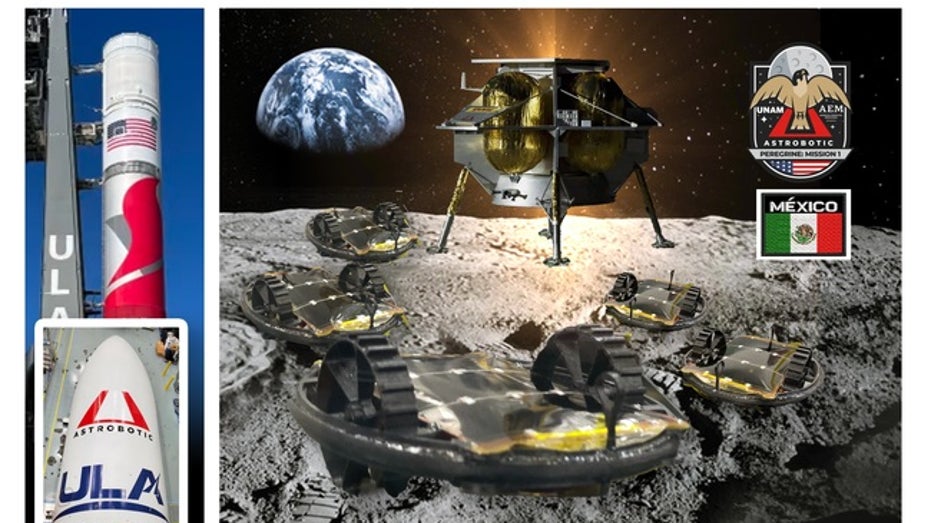
Mexico will launch its first lunar mission next month, a historic step for the country and Latin America as a whole, according to officials.
“This project will make history and is the first of its kind in Latin America, which elevates the name of our country, confirming once again that Mexican engineering is at the level of the best in the world,” Salvador Landeros, director of the Mexican Space Agency (AEM), said in a press release.
A team of scientists and nearly 250 university students developed five microrobots that the AEM will launch from Cape Canaveral, Florida, between Jan. 8 and Jan. 11 as part of project Colmena.
Each robot weighs 60 grams — a little over one-tenth of a pound — and measures just under 5 inches in diameter.
2023 SPACE STORIES: A REVIEW OF THE GIANT LEAPS MANKIND MADE IN THE PAST YEAR
The robots will communicate with each other on the moon and work together to assemble a panel to generate energy, according to Mexico News Daily. Once set up, the robots will also take measurements of lunar plasma temperature and surface particle sizes, all previously unrecorded data.
Project Colmena is part of a broader NASA program, Artemis, which also includes emerging space programs in Brazil, South Korea and Mexico.
NASA LAUNCHES MISSION TO INTERCEPT ‘GOD OF CHAOS’ ASTEROID BEFORE IT SCRATCHES EARTH’S ORBIT
“In today’s world, developing our own technology is a necessity for Mexico,” Medina Tanco, the current head of the Space Instrumentation Laboratory of the Institute of Nuclear Sciences, said.
“If we want social well-being, if we want a more productive and better future, we need to be no longer just consumers and transform this country into an actor with technological sovereignty.”
THE GALACTIC DISCOVERY THAT WAS MADE AFTER JAMES WEBB TELESCOPE CAPTURED THIS STUNNING IMAGE
NASA will provide more than the launch pad. NASA’s Commercial Lunar Payload Services program has produced a spacecraft called Peregrine that will deliver the microrobots to the moon.
The early January launch will lead to a late February arrival. The Mexican team had hoped to send the robots to space in 2022 but delayed the project and scrapped a launch after a “wet dress rehearsal” interruption due to a connection timeout error.
The launch has generated significant national excitement.
















